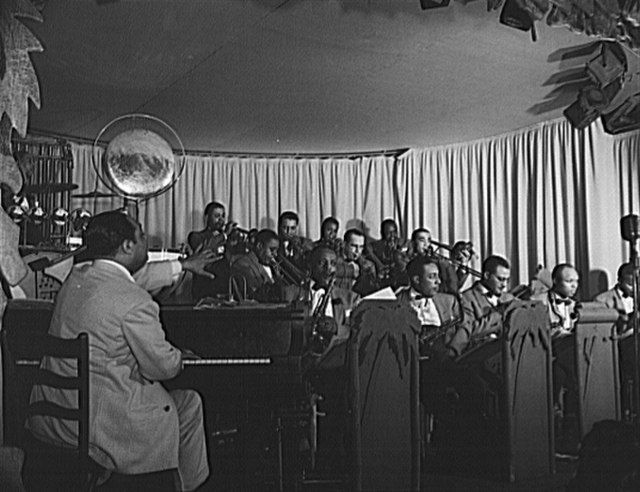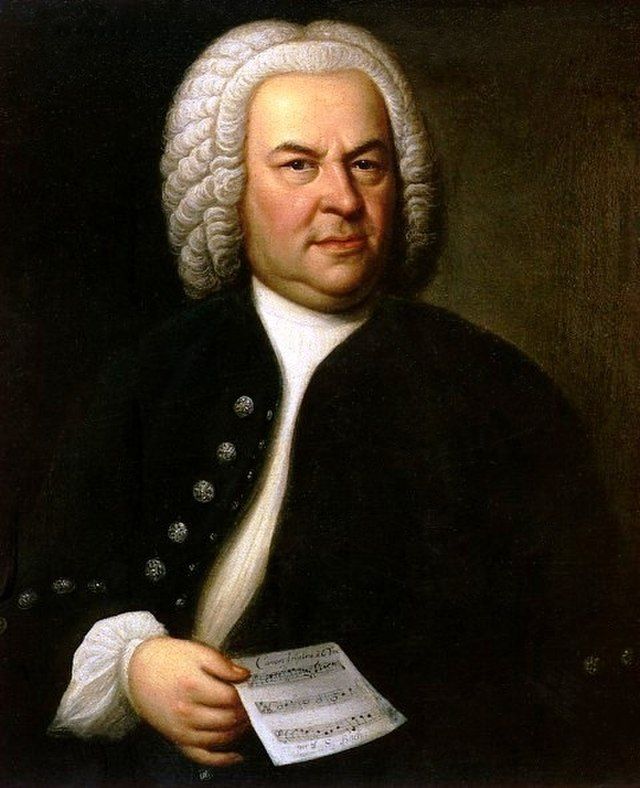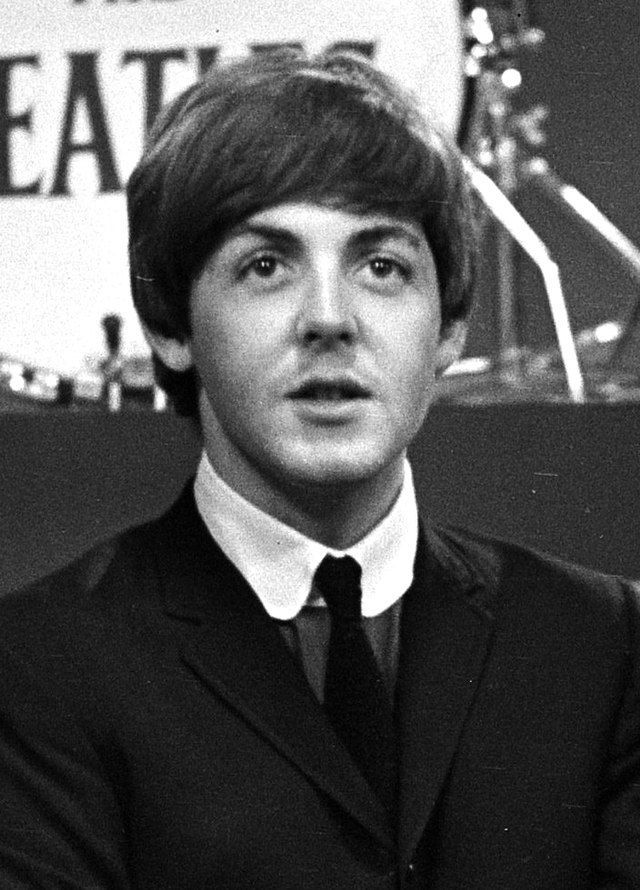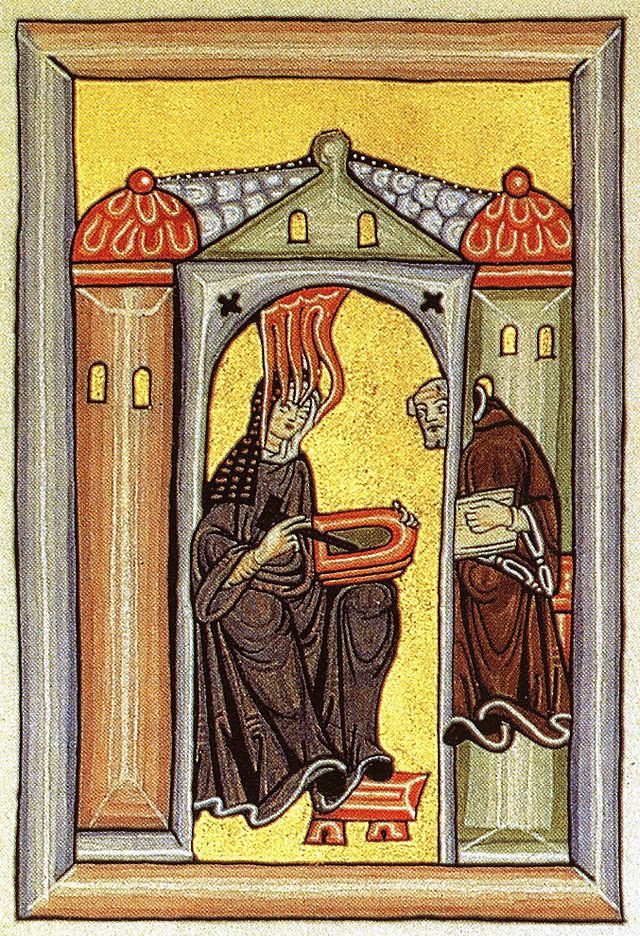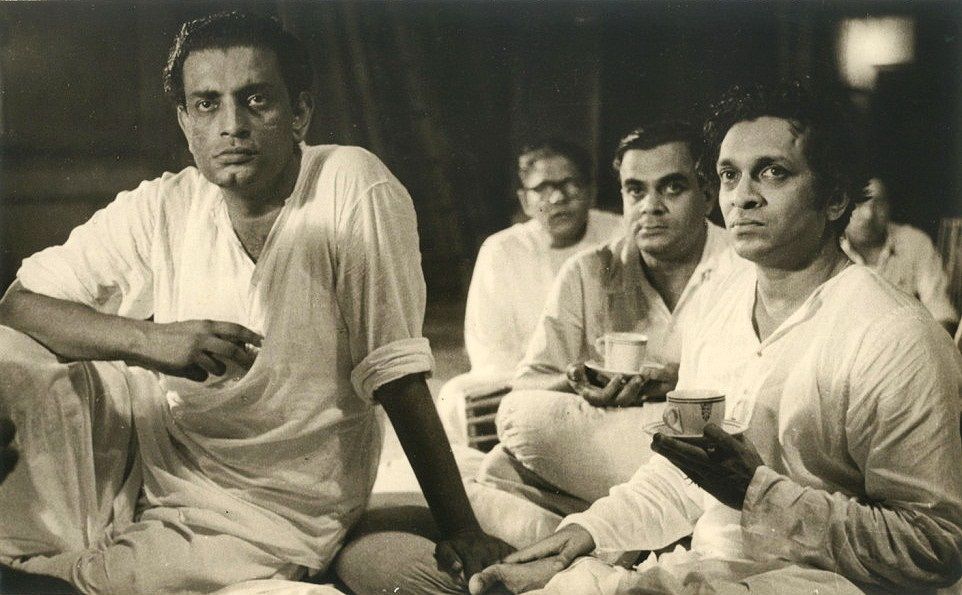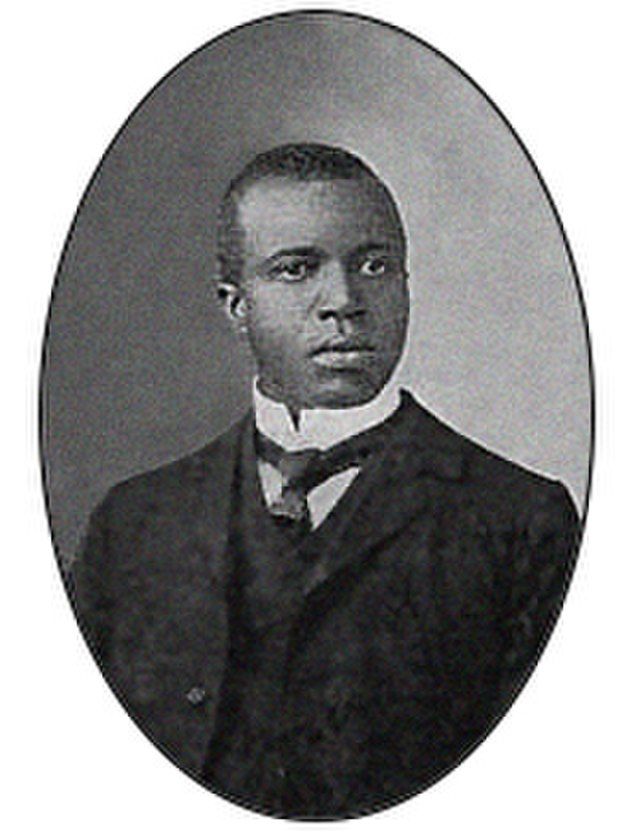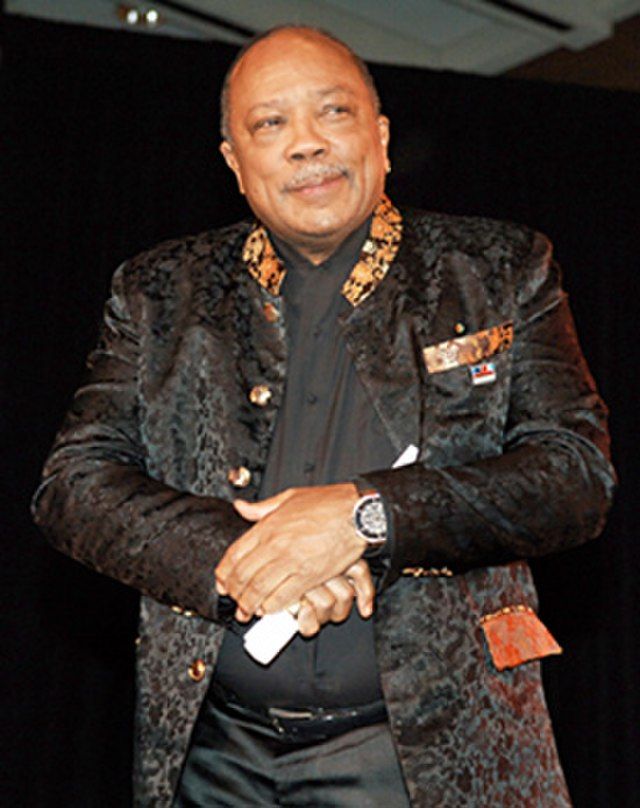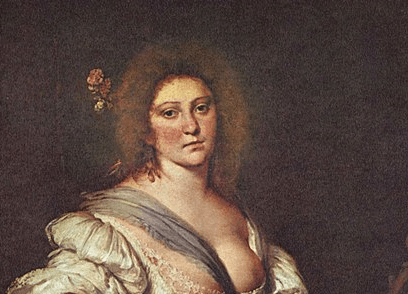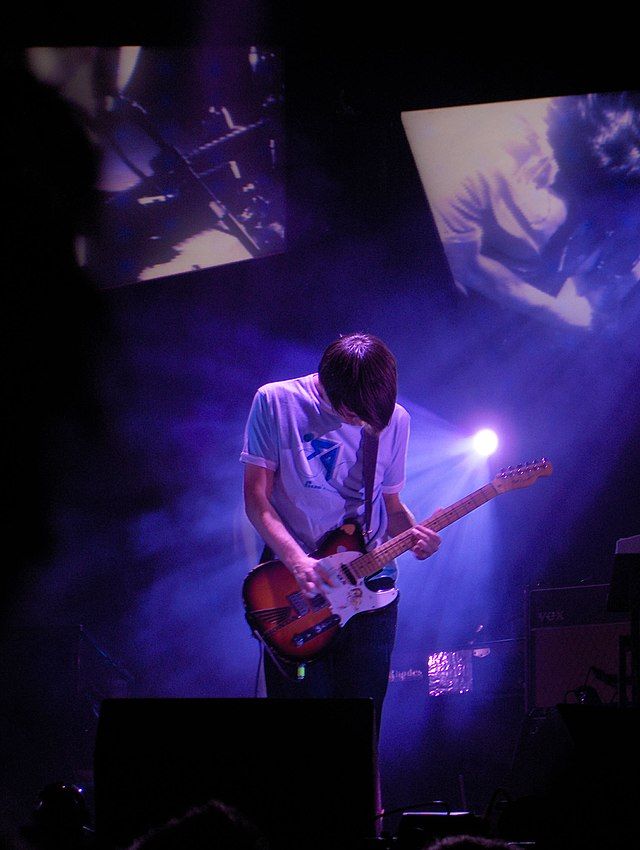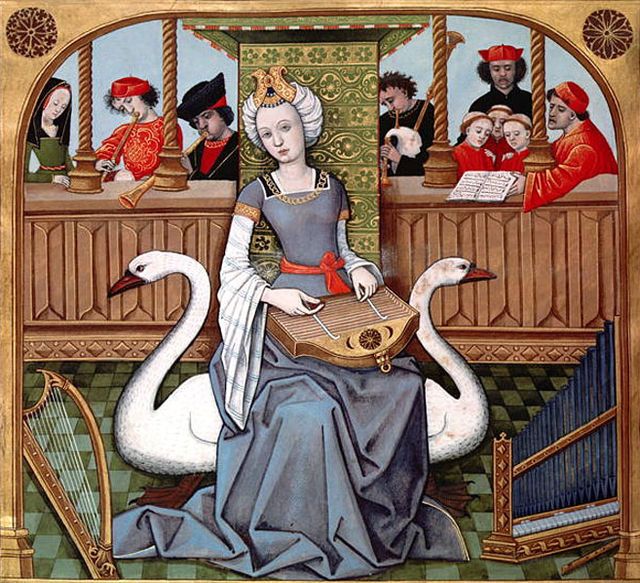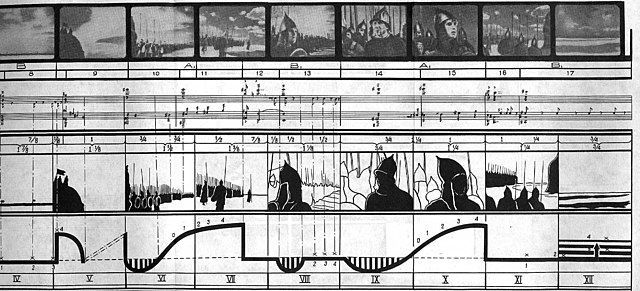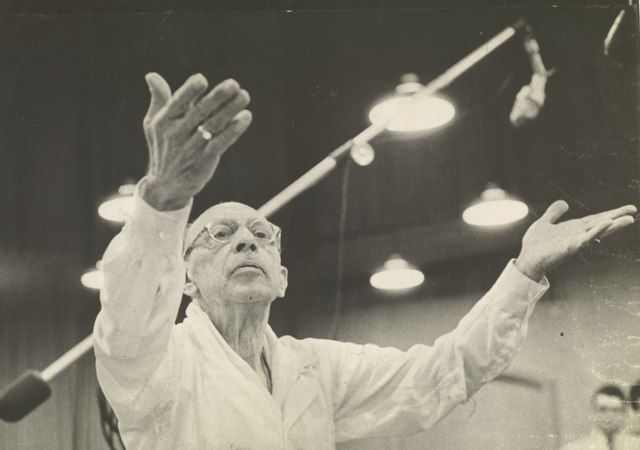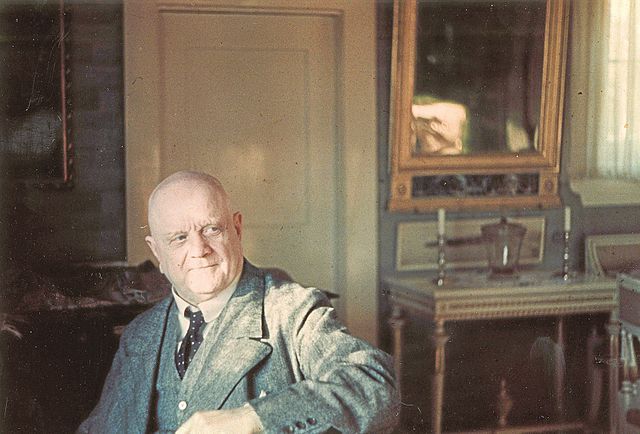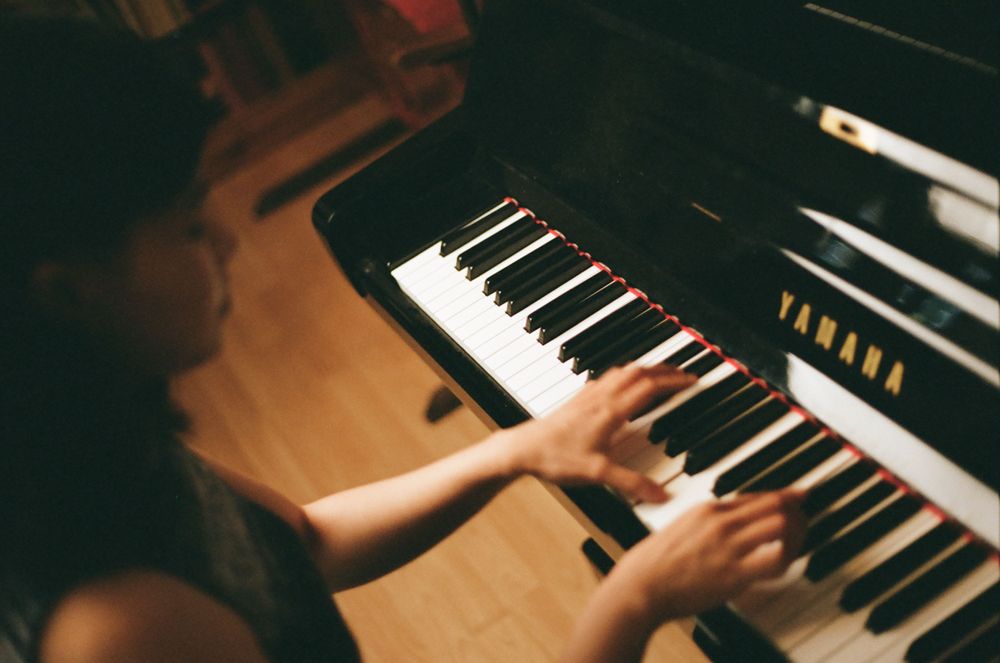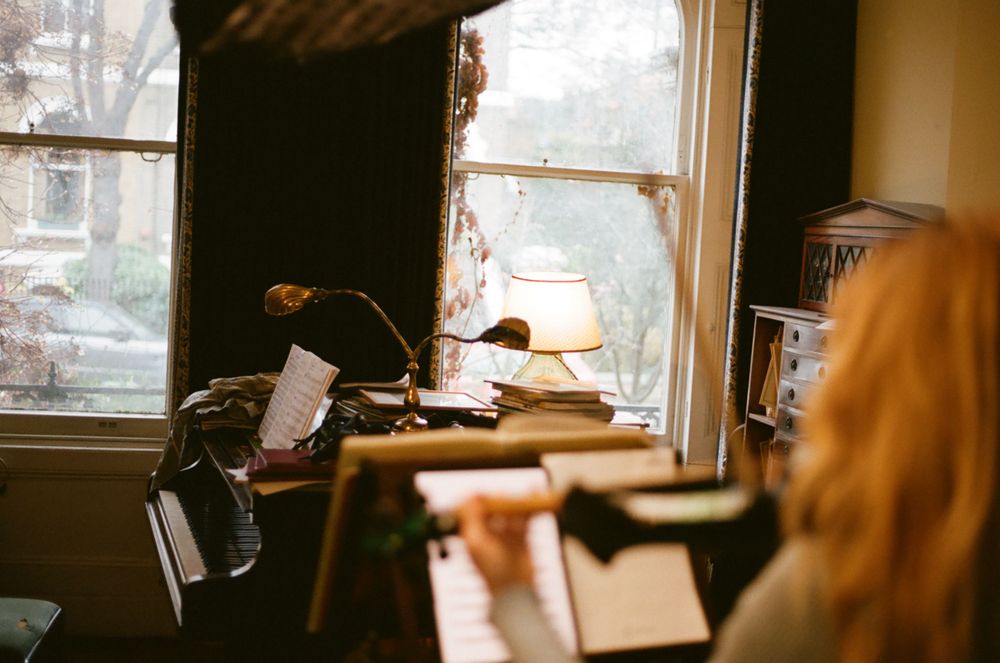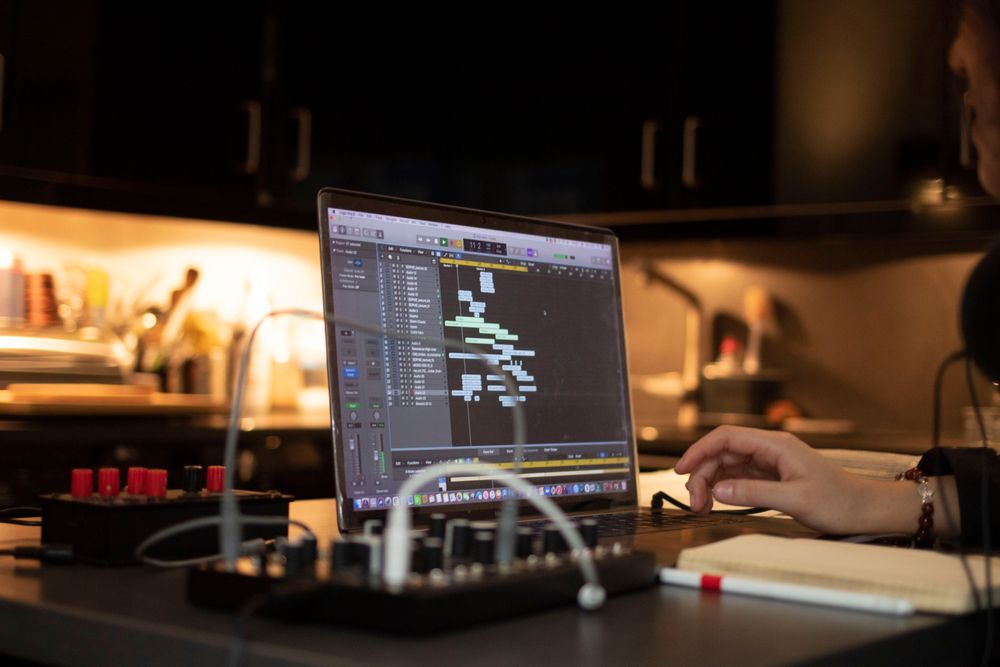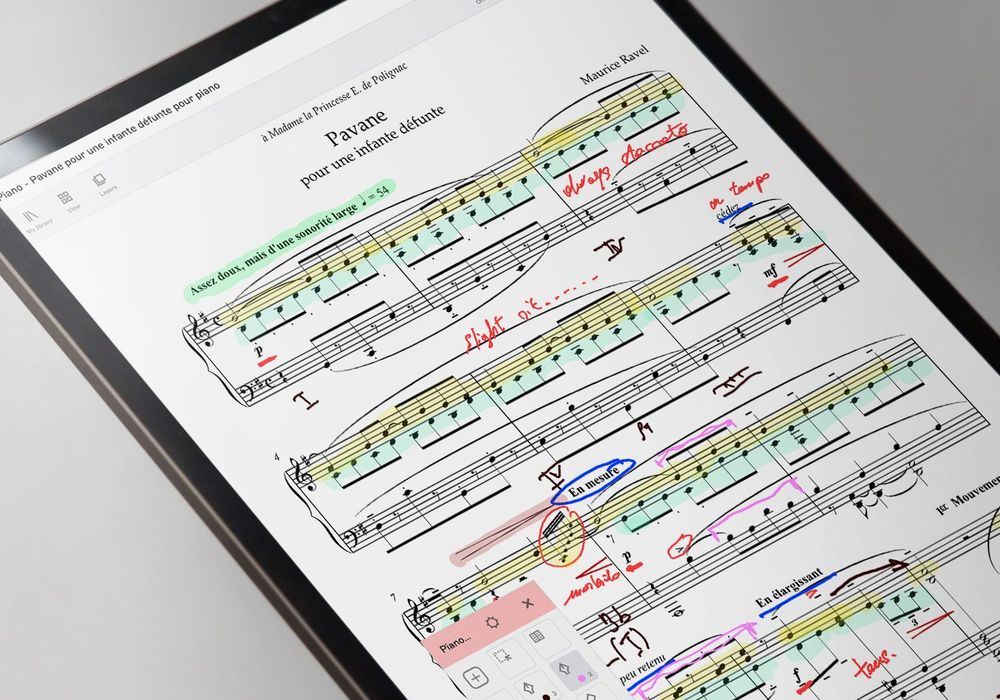Shankar was selected in the countdown of great film composers, but, as we point out, his talents far exceed that. Combined, his classical and filmic achievements more than merit a place here.
In any list of history’s great filmmakers, alongside the likes of Kubrick, Bergman, Hitchcock and Kurosawa, you’re guaranteed to find the name Satyajit Ray, and any discussion of the Bengali director is bound to centralise his so-called ‘Apu’ trilogy. Released between 1955 and ’59, the loosely bound trio of films is regarded by many as the pinnacle of Indian film, and one of the most monumental achievements in world cinema. Through the vehicle of these hugely important works, Ravi Shankar’s most valuable work as a film composer was done.
Of Bengali extraction himself, Shankar was born in 1920 in the northern Indian city of Varanasi. He toured India and Europe as a dancer in his youth, but began studying sitar in 1938 in the Hindustani classical tradition. Involving improvised elaboration on scalar melodies known as ragas, Hindustani classical custom entails a form of spontaneous composition, akin to the performances of jazz masters such as Charlie Parker and John Coltrane.
Melding this fundamentally performative practice with the Western-aligned notion of fixed creation, Shankar composed his first film score in the mid-1940s and wrote pieces for the All India Radio orchestra, which he personally formed as the music director for the station. From 1956, and more or less for the remainder of his life, he toured internationally, often performing classically but always looking beyond the traditional in an effort to spread the music of India and his breath-taking sitar-playing to global audiences. He did this through concerts, written compositions, dozens of commercial recordings, and collaborations with the likes of Yehudi Menuhin, Philip Glass and Beatle George Harrison.
Film was one of the most effective and influential outlets for his compositional practice. Between Neecha Nagar in 1946 and Genesis 40 years later - via the landmark score for Gandhi in 1982 - Shankar adapted the traditional Hindustani idioms, which had existed for centuries unto themselves, in response to the formal demands of film. It is difficult to look past Ray’s cinema, though, which looms large not only over Shankar’s filmography but also over cinema generally. Complemented by the slow, reflective pace of the films, Shankar’s music brings the Bengali setting to life, offering up a realistic soundtrack to the landscape depicted, capturing young Apu’s youthful exuberance in his virtuosic sitar.
Today Indian cinema is a huge industrial and social phenomenon, and while the vibrant, contemporary sounds of Bollywood might seem a world away from Ray’s quietly radical cinema of the 1950s, Shankar nonetheless played his part in laying the musical groundwork for this colossal hub of world culture.
